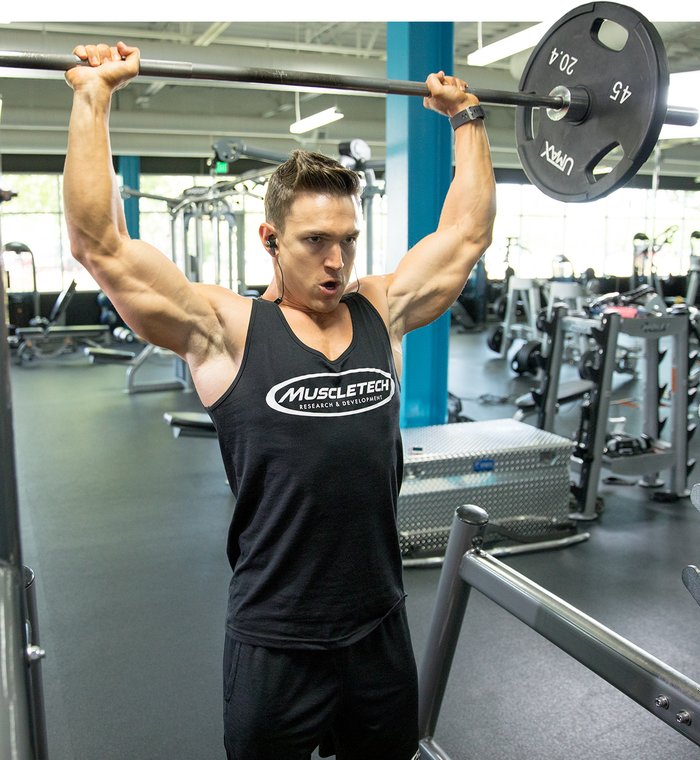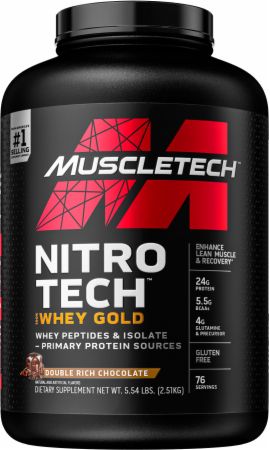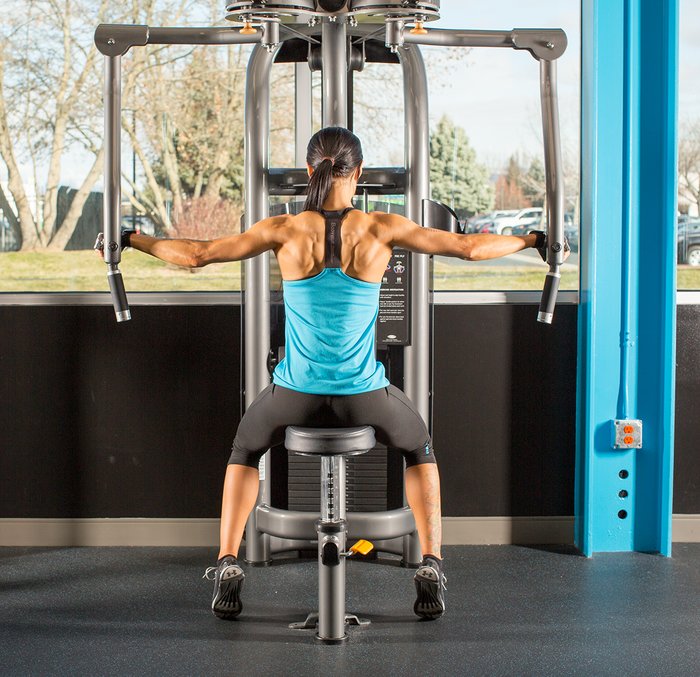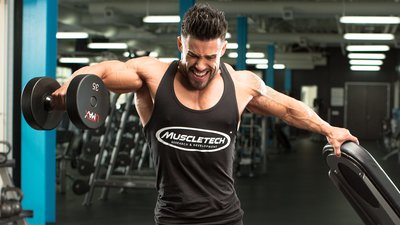Big, strong shoulders aren't just for bodybuilders anymore. If anything, they're the muscle group that ties together all strength athletes, from the strongman to the CrossFitter to the gymnast. Everyone needs strong shoulders to perform at their best—and look the part.
So how do you build your shoulders? Blistering lateral-raise dropsets and dumbbell presses will do a great job, but they're not the only moves you should consider. These moves—some old, some new—are up to the task if you're up to the challenge!
Standing Barbell Press
This is a classic, but you don't see it as often as you did back in the day. It poses more mobility demands than many other staple shoulder moves, but if you really don't have them, maybe it's a sign you need to shift your priorities. Consider backing off on the bench and getting seriously strong in the strict press instead!
This move will not only help you improve your delts, it will force you to work your core, glutes, and plenty of other muscle groups—even your legs, since you have to control the weight while standing. That said, don't use your legs to provide momentum during the move.

Pro Tips: Warm up with a few lighter sets, and make sure you pay attention to your form before going heavy. There's not a lot to be gained by going for heavy singles here, so keep it to a manageable 5 reps or so per set, minimum. (5x5, anyone?) Also, I don't recommend locking out the weight at the top unless the sport you compete in calls for it. Not locking out will keep the focus on the delts rather than triceps.
Seated Single Lateral Raise
You've no doubt done seated lateral raises. So why do them one arm at a time? The fact that you're seated will help you work your shoulders while restricting extra body movement. Focusing on one side at a time will also help with balance, symmetry, and strength on each side. I've never seen a competition with prizes on the line for this movement, so skip the heavier weight in favor of lifting correctly.
Pro Tip: Straight sets work fine here, but for fun and torture, consider a laddered set: 5 reps on one side while the other side is held out, then switch, then 4 reps, then 3, 2, and 1. When you reach the end of the set, keep the weight up as long as you can before lowering it back down. Do the same for the other shoulder.

Reverse Pec-Deck
There's nothing at all wrong with bent-over lateral raises, machine cable rear-delt raises, face pulls, and all the other stuff people do for their rear delts. I would just argue that the reverse pec deck, hit with correct technique and adequate volume, might provide the same benefits in an even simpler package.
Using a machine allows you to keep tension on your rear delts throughout the movement. The rear delts can be difficult for some athletes to feel working because they can't see them and they think going heavier will work better. But on the reverse pec deck, the mind-muscle connection is often easier to find and maintain. Working on the machine also allows you to take longer to perform each rep and maximize that crucial squeeze at the top.

Pro Tip: If possible, use the backs of your hands to separate the handles instead of holding them. You'll feel even more emphasis on the backs of your shoulders.
Battling Ropes
This is probably a different move than you were expecting, but if you've ever tried it, you know it burns the shoulders like almost nothing else.
How is this possible? It works for you in two ways. First, it makes intense demands on all three heads of the shoulder as well as the rotator cuffs, which are often neglected. Second, if you start your workout with this, it makes a killer warm-up or pre-exhaust. You can perform this any way you feel comfortable, but the simplest and most brutal—alternating and going for speed—is what I like best.
Pro Tip: Perform 3 rounds of 30 seconds each. Try to increase the intensity of each set to prepare you for lifting, or to burn you out after you've done all the other moves on this list.




